On our last Lowcountry Unfiltered kayaking trip on the Savannah River Larry Easler and I drove back along Highway 301. We were amazed at the number of old motels and abandoned tourist spots along the way. I knew it had to have once been a major thoroughfare, now bypassed by I-95, but I wanted to know more about it. What was its history? How did this highway through one of the most desolate parts of South Carolina become such a major route? The answer turned out to be much more interesting than I could have possibly imagined.
In a previous post I wrote about the old auto trails that predated the US Highway System, and the business associations that promoted these routes and the tourist amenities along them. Here’s the story about how Highway 301 became known as The Tobacco Trail, one of the most important north-south routes along the Eastern Seaboard.
Two of the first US Federal highways to cross South Carolina were US 1 and US 17. Both of these followed older highways, including routes that predate the Revolutionary War. For much of its route through South Carolina, US 17 follows the old King’s Highway, and was later known as “The Ocean Highway” by north-south travelers. Through South Carolina both of these routes drove through major metropolitan areas in the state – Columbia for US 1, and Charleston for US 17.
Here’s a map of South Carolina prior to the construction of 301. I found this one in an antiquarian bookstore several years ago and scanned it. US 1 is visible, so the map must have been made after 1926. US 17 follows a route now taken by 301. 17 was routed further east to more closely follow the “King’s Highway.”
In 1932 construction and rerouting was begun for US 301. 301 was meant to be an alternate route for US 1. It replaced part of US 217, a spur of 17, and several state highways. By the late 1940s the highway had been completed through South Carolina, from Hamer in Dillon County down to the Savannah River in Allendale County – a distance of about 190 miles.
Outside of the state, 301 began north of Baltimore, MD (actually in Delaware), and ended in Sarasota, Florida. It became a very popular alternative to other north-south routes. In 1938 the route was designated as “The Tobacco Trail,” and a highway association was established to promote businesses along the trail. “The Evening Independent” from St. Petersburg announced the road in 1939:
The Tobacco Trail, now designated officially as U. S. 301, so called because it traces the original old trails which were beaten through the wilderness by hogsheads of tobacco rolling to market behind teams of mules, today carries the southbound traveled througries [sic] the southbound traveler through the heart of bright leaf tobacco districts of Virginia and the Carolinas. There are no tolls or ferries and the highway is all paved.
At the other end of the route, a writer for The Telegraph from Nashua, New Hampshire described it this way in 1956:
One reason we like that road is that with the exception of Richmond you hit no big city at all and pass through but few sizeable communities. Now such places as Fayetteville and Rocky Mount in the Carolinas, always troublesome, have been by passed.
The late Jack Warren used to laugh at us for taking that route. He rightly called it “Tobacco road,” which is its name, but in the past three or four years it has been the most popular Southern route. It has the best motels and the best stretches of highway and it gets you there faster if you don’t run into Southern “justice.”
The writer goes on to describe said “justice” and the “Charity Traps” employed by unscrupulous lawmen along the way. In lieu of tickets, speeders were coerced into purchasing cheap pen and pencil sets at exorbitant prices “for charity.”
The highway didn’t go through tobacco farmland through its entirety. An alternate name for the route was “The Highway of Southern Hospitality.” Both names were used by the Tobacco Trail Association on brochures and maps.
A 1940 St. Petersburg Times article on the highway plays up those southern connections with an article entitled “Scarlett and Rhett Live Again on the Tobacco Trail.” The article describes an ideal, stylized South based more on the movie than reality:
Eighty-five years is a long time but those years have not dimmed the beauty of the plantations and mansions and countryside of the south as it was in the days of Scarlett O’Hara and Rhett Butler. If you go to Savanna, Ga., turn off there and go to Summerton, S. C., and from there on take the Tobacco Trail north on U. S. highway No. 301, so you can have a peek at the world as it was in the days of “Tara” and Aunty Pittypat, and you’ll see a bit of history, too.
There’ll be plenty of other things to see, too. It’s tobacco-planting time in the southland, and all along the Tobacco Trail you’ll be able to see the hundreds of planted tobacco beds with their white netting covers and their boarded sides.
And to add to the gaiety of events as you slowly drive northward you’ll still find southern gentlemen riding to the hounds after Reynard in their own peculiar southern way….
…It all starts at Savannah where the blockade runners of the Confederacy started their brave dashes to Bermuda for supplies for the boys in gray. You’ll go through country with mansions and plantations scattered over it as beautiful as “Tara” ever was, and you’ll travel right up US-301 from Summerton on the route that Sherman took after he ruined Scarlett’s Atlanta and the houses around Tara.
The route was so important that during World War II the government made assurances that US 301 would not be blocked by troop movements. However, it wasn’t until after the war that 301 came into its own, during the “golden age” of automotive travel. Small motor court motels popped up all along the route, some even bearing the name “Tobacco Trail.” Tourist traps like Alan Schafer’s “South of the Border” also expanded along 301, and the route connected with other tourist stops such as Cypress Gardens in Florida.
This was also the golden age of linen postcards. Just about any tourist stop along the way worth its salt had its own post card. Most of the images on this post came from eBay and other auction sites, but there are some other interesting collections online focusing on the Tobacco Trail.
I especially like coming across used/sent postcards. These brief messages provided a snapshot of life and travel during this time.
Jordan Smith has posted a nice collection of postcards on Flickr. Robert Wells has one of the most extensive collections of images from 301 that I’ve found. He has posted several albums of these on Facebook. Brian Patton also has an extensive collection of postcards from 301 on Facebook. Patton also wrote an article about the highway for The Sandlapper Magazine in summer of 2000. In addition to describing the highway, he also quotes from the back of several postcards from the 1950s:
“We are here for three days to see the 500-mile stock car race at Darlington, S. C. Another couple came with us and we are having a lot of fun. Had to get a new set of points for our Chrysler on the way but had no other trouble so far.” – Postcard message, Bamberg, 1956
“Drove 427 miles Tuesday, 380 today. Many miles of road were four lanes and many towns are bypassed which helps a lot. Foliage of trees in the Carolinas is beautiful. I am about half way across S. C. so expect to be in Fla. tomorrow night. I listened to election returns ’till 9:30. I have my little radio with me.” – Postcard message, Summerton, 1958
“Came 455 miles today and staying at Chat-N-Rest Motel. Had showers all day & seemed like a lot of slow traffic but got out of day light time today.” – Postcard message, Turbeville, 1956
I was able to find a 1954 map and brochure put out by the 301 Highway Association. This includes the entire 301 route, with extensions further north and south. There was also a mileage chart and description on the back. I love the phrase, “US 301 is patrolled for your safety.”
Improvements were made to 301. Beginning in 1962 through the early 1970s large portions were widened to four lanes. As towns expanded, bypasses were created around Florence and Orangeburg. Upon completion, US 301 crossed seven South Carolina counties. These counties and the towns connected by 301 are listed below:
- Allendale County
- Allendale
- Ulmer
- Bamberg County
- Bamberg
- Orangeburg County
- Edisto
- Orangeburg
- Santee
- Clarendon County
- Summerton
- Manning
- Sardinia
- Turbeville
- Florence County
- Olanta
- Effingham
- Florence
- Mars Bluff
- Marion County
- Pee Dee
- Dillon County
- Latta
- Dillon
- Hamer
Of course, all good things must come to an end. Even during the heyday of the Tobacco Trail, construction of I-95 was underway, beginning in 1957. However, the South Carolina portion wasn’t begun until a decade later in 1968. I can remember traveling to Savannah, Ga to visit my sister along US 321 and US 17 because the interstate was not complete. That didn’t happen until another decade had passed, in 1978. With the completion of the interstate, the hotels dried up. Travel-related businesses moved closer to freeway on-ramps, and a general decay set in.
There is still a US 301 Highway Association, but its purpose seems to be more historical than promotional. Georgia has its own promotional route, the “Georgia Grown Trail 301.” The emphasis is been shifted from tobacco, now out of favor, to agriculture in general.
As for the old motels, some have survived, but many are just left with haunting reminders.
These were the ghosts that Larry and I spotted on our drive back from the Savannah River. There is something compelling about the ghost signs and abandoned motels. As with the drive down to the river earlier, Larry and I had to resist the urge to stop and photograph each one. However, I was determined to come back and do just that.
Of course, a story with imagery this compelling must already have attracted attention. Such is the case with Highway 301. I’ve already found several similar blog posts. Videographer Evan Johnson has started an IndieGoGo campaign to complete a project on the subject. Here’s a video promotional of the project from Vimeo:
Relics of Americana – Photographing Route 301 from Evan Johnson on Vimeo.
I would love to take the time to drive the entire route through South Carolina and photograph each of these relics, perhaps even staying at one or two of the old hotels. I’ve made a start, but a death in the family interrupted the trip. Stay tuned, though. This is far too intriguing to let go.
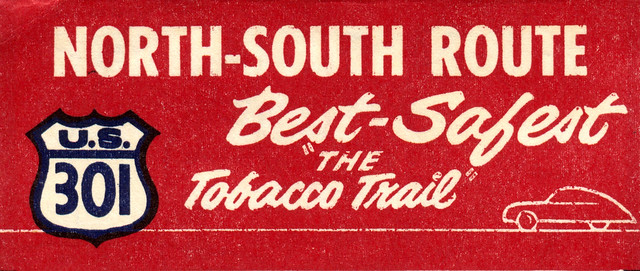
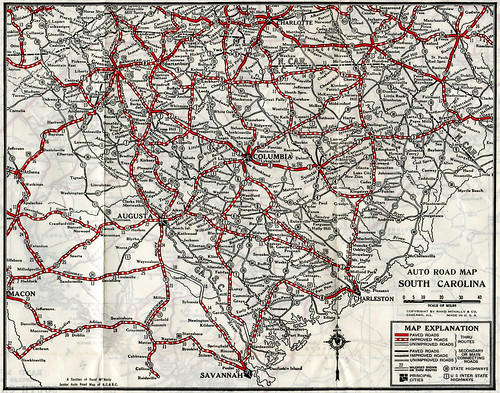
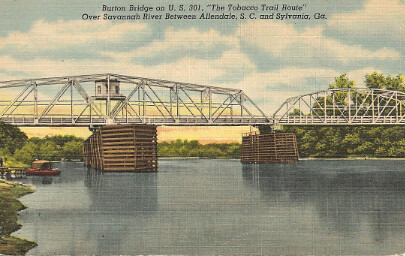
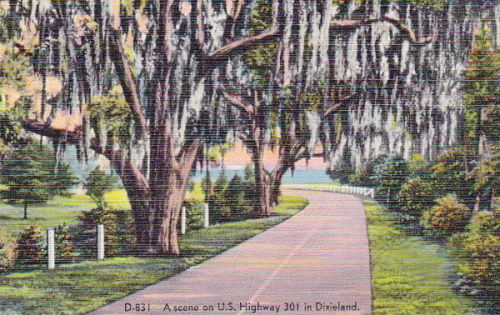
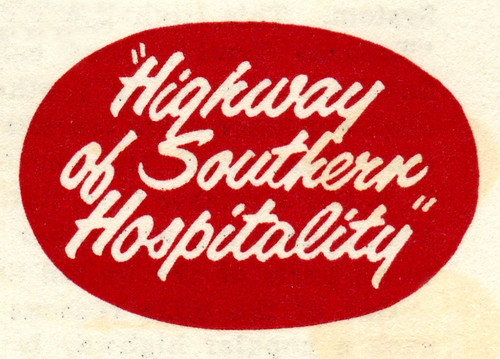



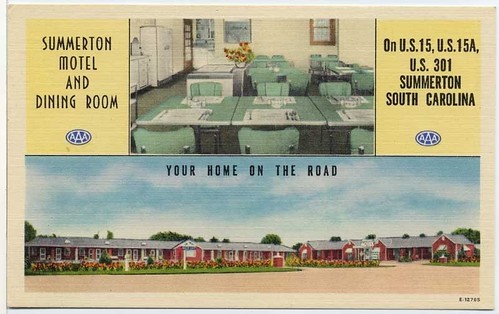
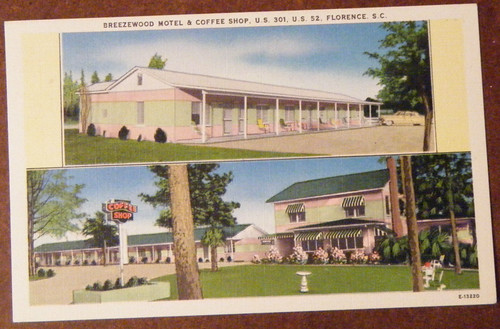









I just went up 301 in South Carolina yesterday and was intrigued by all the old motels- in telling my mom about my experience I described 301 as probably being the oldest road in SC. It was very interesting: one old store, closed long ago. Had half of a Volkswagen sticking out the front
T of it, I would like to go back and take a picture.